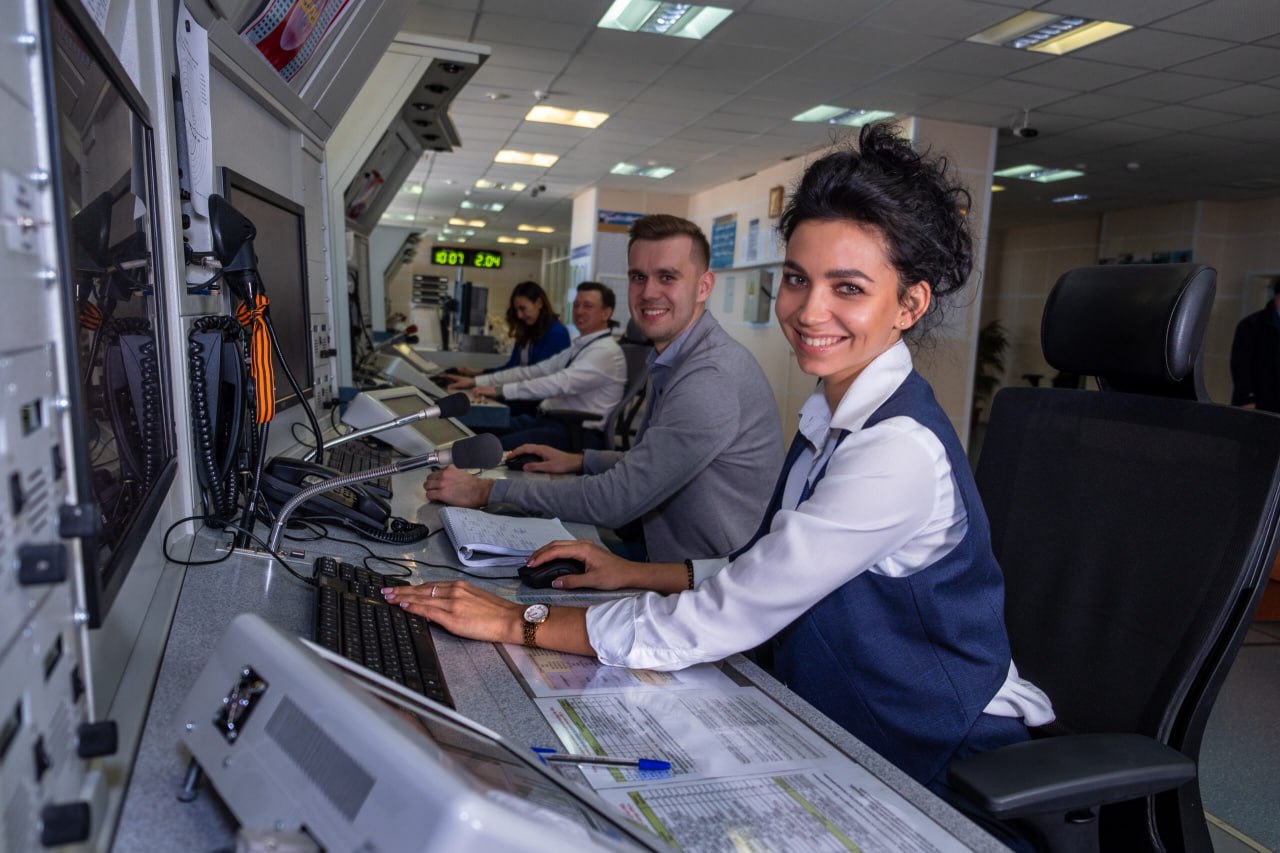Air traffic controllers (ATCs) are the unsung heroes of the aviation industry, playing a crucial role in ensuring the safe and efficient movement of aircraft both in the sky and on the ground. In international airports, where the volume of air traffic is significantly higher, the work of air traffic controllers becomes even more critical. From managing takeoffs and landings to coordinating with pilots, air traffic controllers are responsible for preventing collisions, managing flight schedules, and maintaining safety at all times.
Coordinating aircraft movements
One of the primary responsibilities of air traffic controllers is coordinating the movement of aircraft both in the air and on the ground. This includes guiding planes during takeoff, landing, and taxiing between runways and gates. In international airports, where hundreds of flights arrive and depart daily, this task requires extreme precision and real-time decision-making. ATCs rely on radar systems, flight schedules, and communication with pilots to manage the flow of air traffic smoothly. Even minor errors can lead to delays or, in worse cases, accidents. Therefore, air traffic controllers must maintain a high level of concentration and accuracy throughout their shifts, ensuring that all aircraft are correctly sequenced and spaced.
Communication with pilots
Effective communication is at the heart of an air traffic controller’s job. In international airports, where flights from different countries operate under various regulations and languages, clear and concise communication becomes even more critical. Air traffic controllers use standardized language protocols to communicate with pilots, ensuring that instructions are easily understood regardless of the pilot’s nationality. ATCs provide critical information on weather conditions, flight paths, and potential hazards. They also respond to emergencies, helping pilots make quick decisions to avoid dangerous situations.
Managing high-volume traffic
International airports, especially major hubs like Heathrow, JFK, and Frankfurt, handle a massive volume of flights every day. Managing this traffic efficiently is one of the most challenging aspects of an air traffic controller’s job. During peak travel hours, ATCs are responsible for maintaining order among dozens of aircraft arriving and departing simultaneously. They must balance multiple tasks, such as coordinating flight paths, rerouting planes during bad weather, and managing delays. To do this effectively, air traffic controllers use sophisticated traffic management systems that allow them to track and control every aircraft in the vicinity. Despite the advanced technology, the mental and emotional strain of the job is high, as ATCs are often required to make split-second decisions in complex situations.
